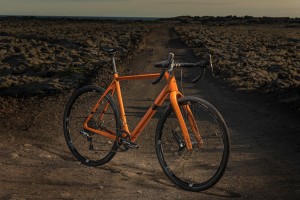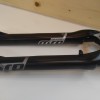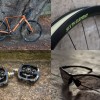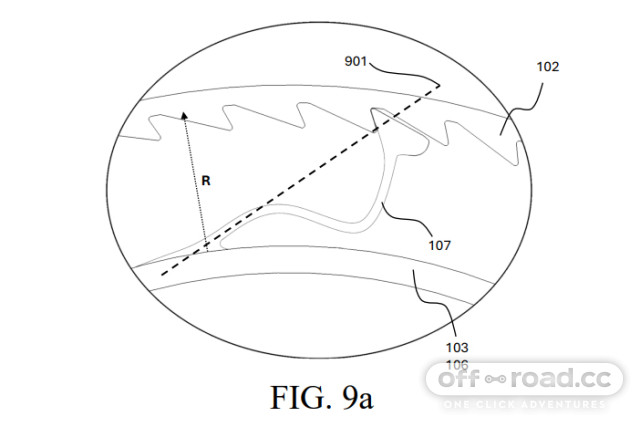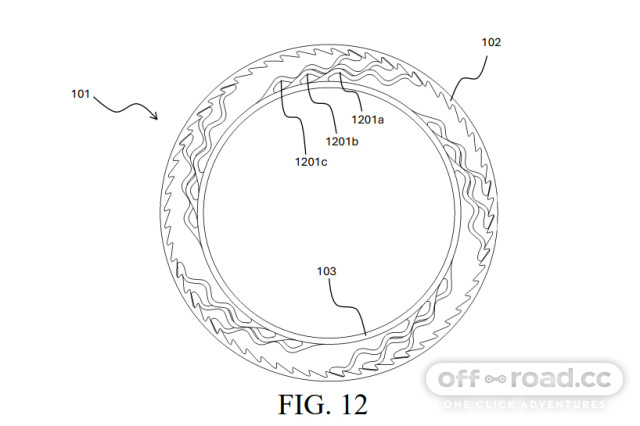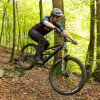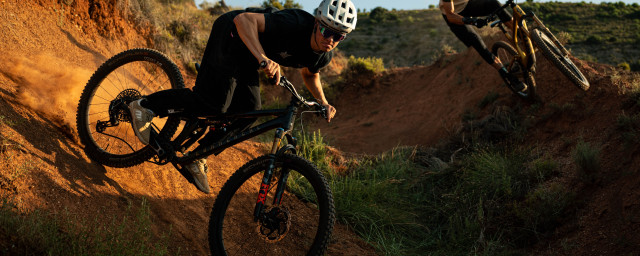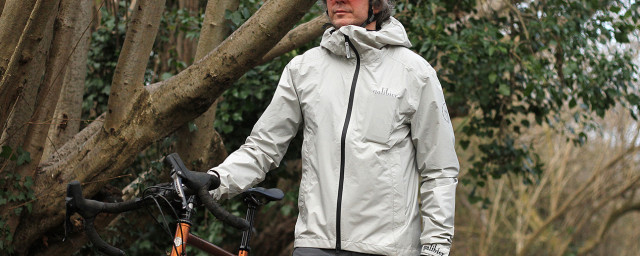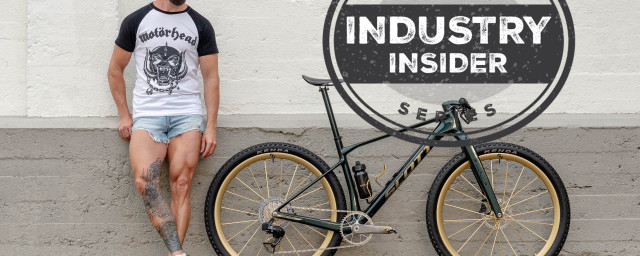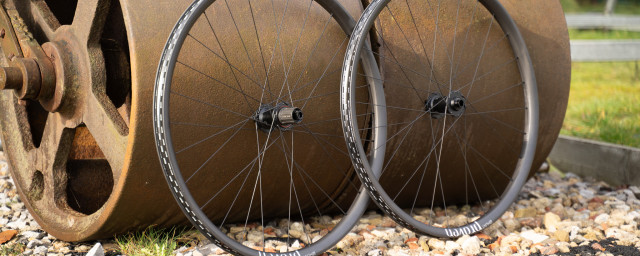Lauf files patent for freehub that offers thousands of engagement points
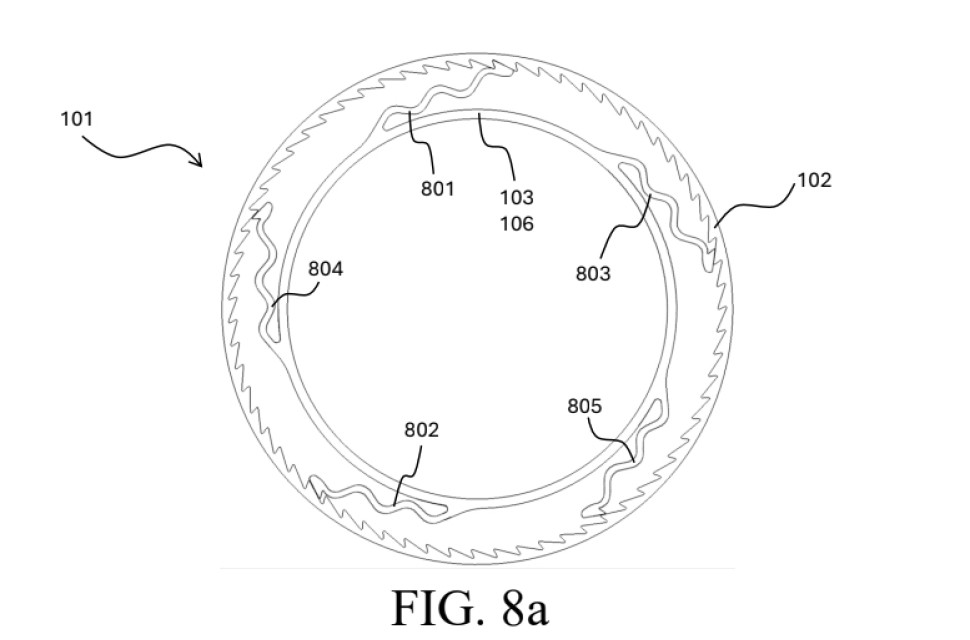
Lauf, the brand behind the carbon leaf-sprung fork and the recently released Elja has announced that it has filed a patent for its own freehub design. True to Lauf form, it's far from the norm as it uses flexible pawls that could potentially allow for thousands of engagement points. Here's everything we currently know.
- Are four-piston brakes finally coming to gravel?
- Is Specialized about to revive Trust's linkage fork?
- Shimano is working on a direct mount derailleur
Now, Lauf hasn't yet shared the whole patent but the brand has given us just enough to let us know what's going on and it's looking rather cool.
The figs in the patent provided show a usual-looking freehub arrangement with teeth around the outer circumference and a ratchet and pawl design. However, there's a big difference in the pawls themselves as they look self-sprung. Lauf has told us that there are several benefits to this has when a pawl engages with the teeth, it extends slightly under load until each pawl engages.
Fig 9 shows a single pawl with its overload-protection design. Fig 12 highlights a possible design with three offset 'pawl units' that are attached but engaging with the same ratchet ring. This shows an example of how high engagement figures can be achieved and how high loads can be shared over each pawl.
This idea comes with a range of benefits, says the brand. Perhaps the most important is that it can offer thousands of engagement points per rotation. It's also said to provide smoother engagement as rather than the sudden engagement we're used to, the pawls tighten as they engage sequentially. It's also a simpler system that uses fewer moving parts and with that, it should reduce weight while boosting longevity.
The system also promises a secure engagement thanks to the flexible nature of the pawl design. Lauf says that if one pawl misses engagement, another will quickly engage to pick up the slack. The freehub design then provides efficient load distribution over several pawls which increases longevity and because the pawls are flexible, the design doesn't rely as heavily on close tolerances.
As for manufacturing, Lauf is looking towards 3D printing with a suitable material like titanium. But for now, all we can do is keep our ears to the ground for what's next for Lauf and its mad-looking freehub design.
For a closer look at the patent itself, click here.
